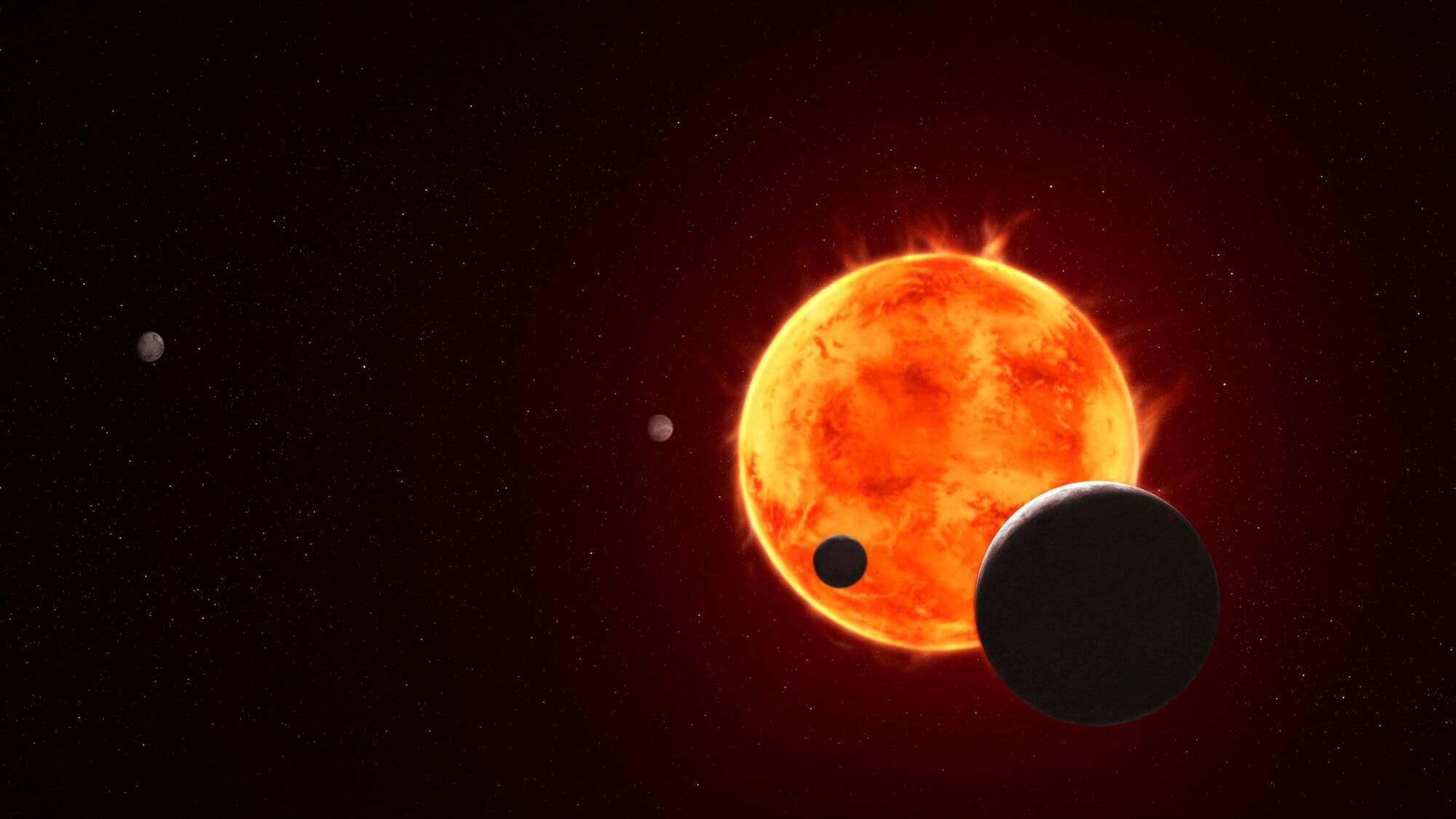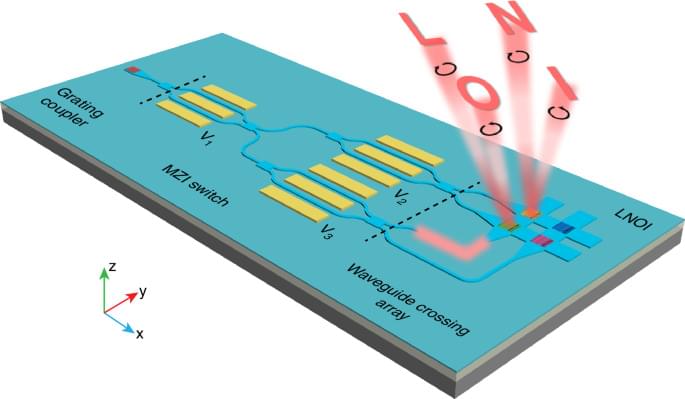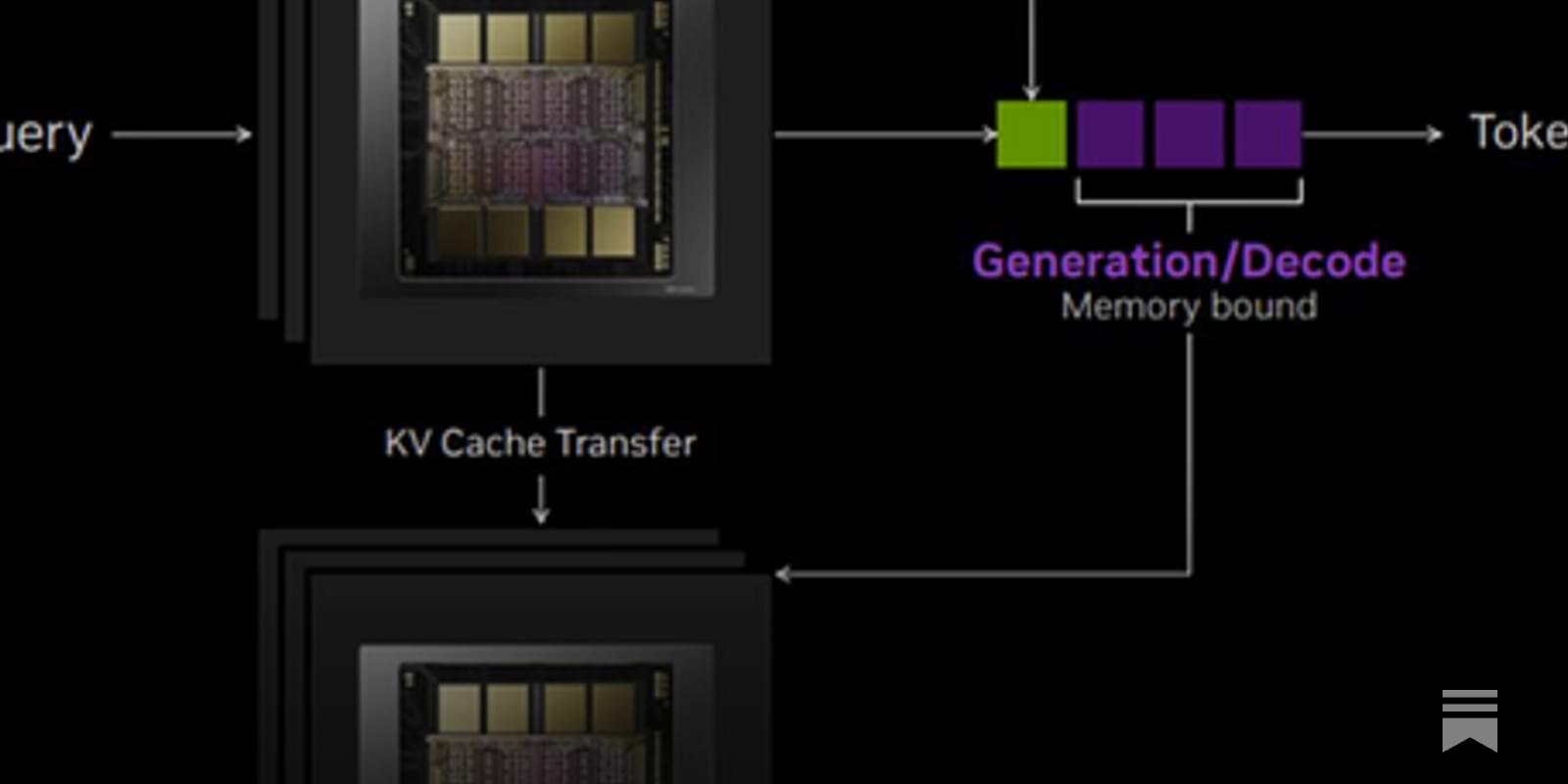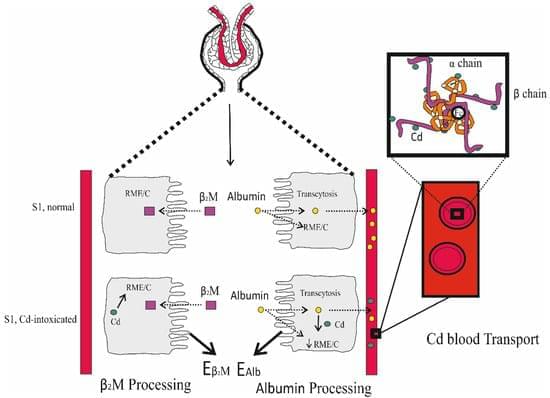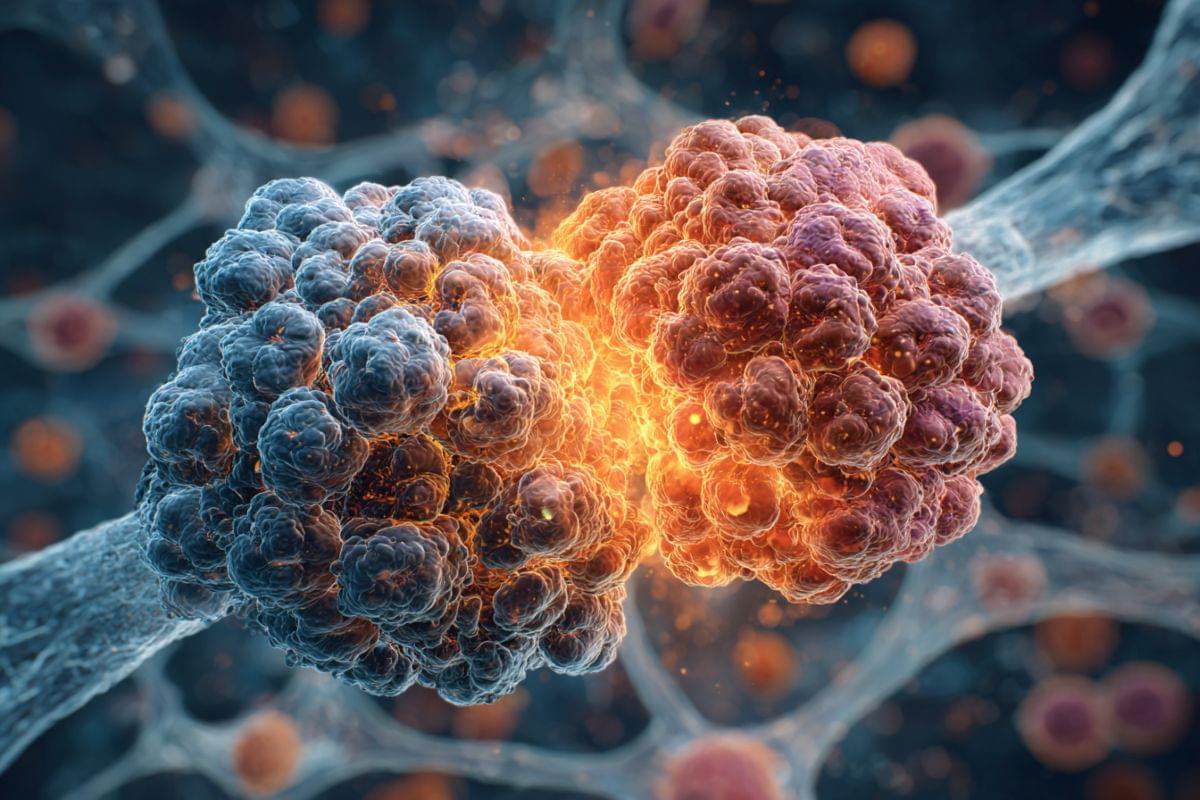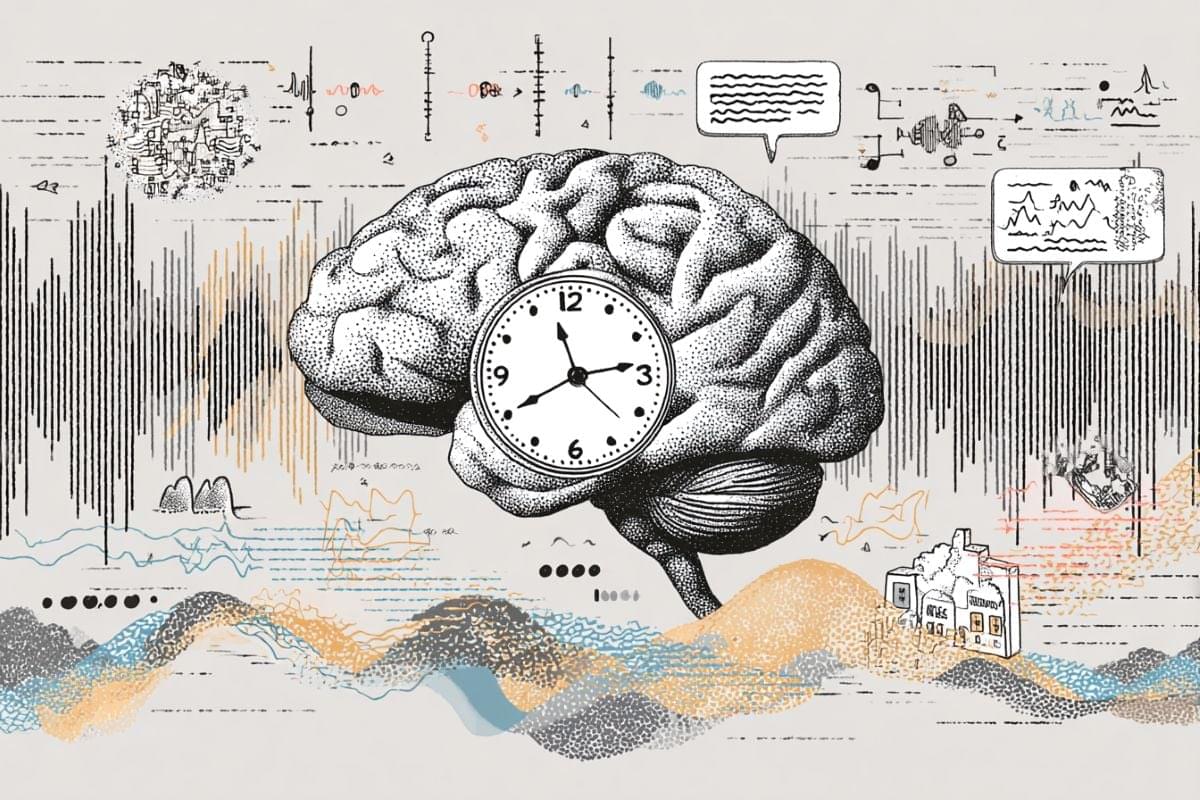University of Bristol astrophysicists are helping shed new light on an Earth-sized exoplanet 40 light years away where liquid water in the form of a global ocean or icy expanse might exist on its surface. That would only be possible if an atmosphere is present—a big mystery that the scientists are attempting to unravel and now even closer to solving using the largest telescope in space.
Deploying NASA’s JWST, the researchers have reached these discoveries as part of a major international project which is probing the atmosphere and surface of TRAPPIST-1e, also more simply known as planet e in the system, orbiting within the habitable zone of red dwarf star TRAPPIST-1.
Exoplanets are highly varied planets which orbit stars outside the solar system. Planet e is of particular interest because the presence of liquid water—not too hot or cold—is theoretically viable, but only if the planet has an atmosphere.
